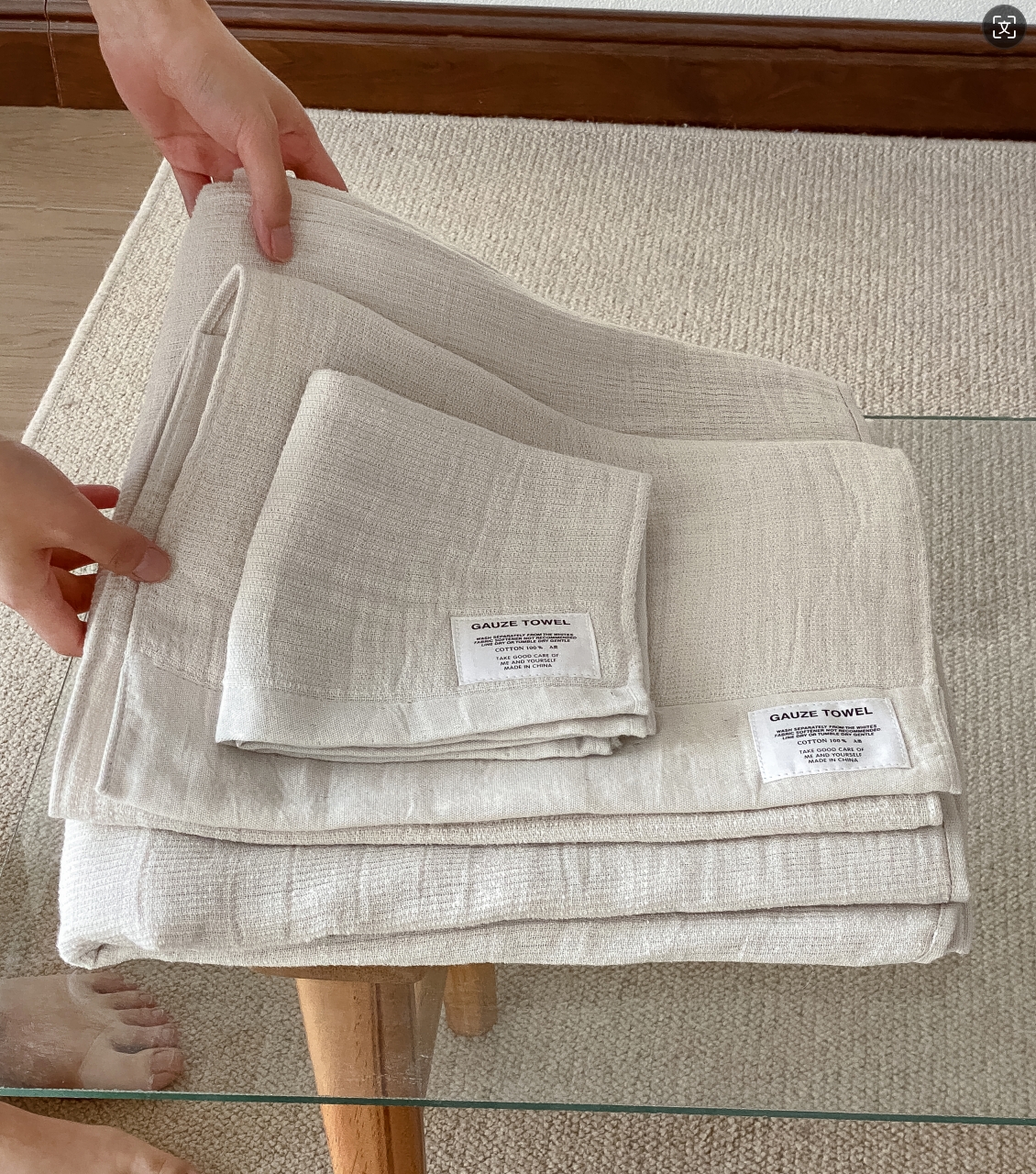Global Market for Full Cotton Yarn-Dyed Towels: Innovation, Sustainability, and Future Prospects
Over the past few years, the market for full cotton yarn-dyed towels has undergone significant transformations, especially in terms of technological innovation, sustainable production practices, and evolving market dynamics. As consumer demand for high-quality and environmentally friendly products continues to rise, manufacturers are actively adjusting their strategies to align with the changing landscape.
Technological Innovation Drives Industry Growth
Advancements in technology have revolutionized the manufacturing processes of full cotton yarn-dyed towels, making them not only more aesthetically pleasing but also more durable and eco-friendly. The adoption of novel dyeing technologies and intelligent textile machinery has led to greater precision in pattern application while significantly reducing water usage and chemical waste. For instance, digital inkjet printing enables high-resolution, multi-color direct printing on towels without the traditional dyeing process. Moreover, the integration of nanotechnology enhances the towels' absorbency and antimicrobial properties, thereby enhancing user experience.
Sustainability Takes Center Stage
Facing the global challenges of climate change and resource depletion, the industry is making concerted efforts to minimize its environmental footprint. Organic cotton farming and the use of recycled fibers are becoming standard practices, while renewable energy sources such as reclaimed water and solar power are increasingly utilized in production facilities. Many brands are implementing carbon neutrality programs, offsetting greenhouse gas emissions from their operations through reforestation initiatives and other carbon sequestration measures.
Market Trends and Consumer Preferences
Growing consumer awareness of health and wellness is driving demand for higher quality, chemical-free full cotton yarn-dyed towels. There is a rising preference for towels that offer additional comfort and personalization, such as those with unique weave structures or natural dyes. Furthermore, the proliferation of e-commerce has become a critical driver of industry growth, particularly for brands that provide customization options, appealing to younger demographics.
Outlook for the Future
It is anticipated that the industry will continue to evolve towards greater sustainability, personalization, and technological sophistication in the coming years. Brands that can effectively balance eco-friendliness with product innovation are expected to gain a competitive edge as consumers increasingly seek out lifestyle choices that are both healthy and environmentally responsible. Simultaneously, the competitive landscape will encourage enterprises to explore new materials and technologies to meet the growing expectations of consumers for higher standards of quality and well-being.
 Global Market for Full Cotton Yarn-Dyed Towels: Innovation, Sustainability, and Future Prospects
Global Market for Full Cotton Yarn-Dyed Towels: Innovation, Sustainability, and Future Prospects
 Sustainable Innovations in the Cotton Textile Industry
Sustainable Innovations in the Cotton Textile Industry
 The Rise of Eco-Friendly Apparel: A Focus on Sustainable Fashion
The Rise of Eco-Friendly Apparel: A Focus on Sustainable Fashion

